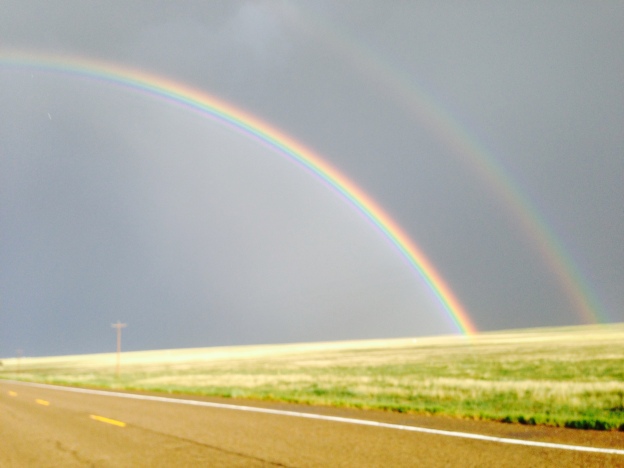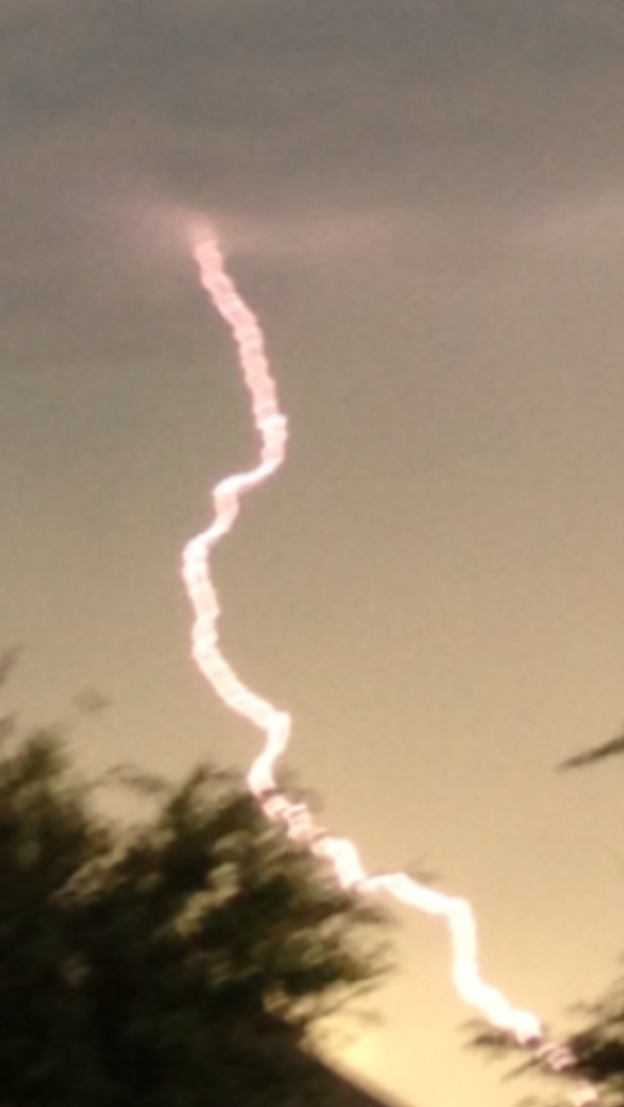Well, no matter where you live, if you are an avid weather watcher, you may have noticed that for any season of the year morning low temperatures seem to be related to cloud cover. When its cloudy morning low temperatures don’t seem to be as cold. You are correct! Now there are exceptions to every weather day, sometimes it can be a cloudy morning and a huge cold front with Canadian air is blasting through your city and morning lows are very cold. However in the absence of cold air moving in from somewhere else that is colder, morning lows will be colder when it is clear than when it is cloudy.
Clouds act as a blanket. Because they are made of water vapor they are very effective absorbers of energy trying to escape from the Earth’s surface to space at night. This energy that is lost to space at night from the Earth’s surface is called “outgoing longwave radiation”. On clear nights this “longwave energy” is free to move through the atmosphere and to space, thus allowing the surface temperature to cool significantly. On cloudy nights the longwave energy is absorbed by clouds and some energy is radiated back to the surface so temperatures are slower to fall and morning low temperatures will typically be warmer when it is cloudy than when it is clear.
The same process is in place on very humid compared to very dry nights. Water vapor in the air even if it has not formed clouds can absorb and radiate some longwave energy back to Earth, thus humid nights will typically not get as cold as dry nights…assuming you start with the same temperature at dusk.
This simple cloud/water vapor blanketing effect occurs everywhere, but because clouds and water vapor vary from place to place typical nighttime cooling amounts vary. For example in deserts where we have very dry air and few clouds the day to night temperature difference is very large sometimes 40-50 degrees F. Near cloudy humid coastlines like Los Angeles and San Diego, Houston or Miami day to night temperature differences are much lower typically 20 degrees F thanks to the cloud blanketing effect….of course a nearby ocean temperature that changes temperature little from night to day also contributes in these locals.
So if the weatherman forecasts a very cold clear early morning, but clouds move into your area overnight that were not expected, nearly always the measured morning low temperature will be warmer than what the weatherman forecast!
Interestingly clouds have the opposite affect during daytime, primarily because they physically block some sunlight from reaching the Earths surface making it unavailable to warm the ground. This shadow affect is aided by the fact the cloud tops reflect sunlight back to space! Hence we all obviously know that cloudy day high temperatures will typically be lower than sunny day high temperatures in the same weather patterns and times of the year.
Isn’t the atmosphere a marvelously simple yet complex thing! : = )





